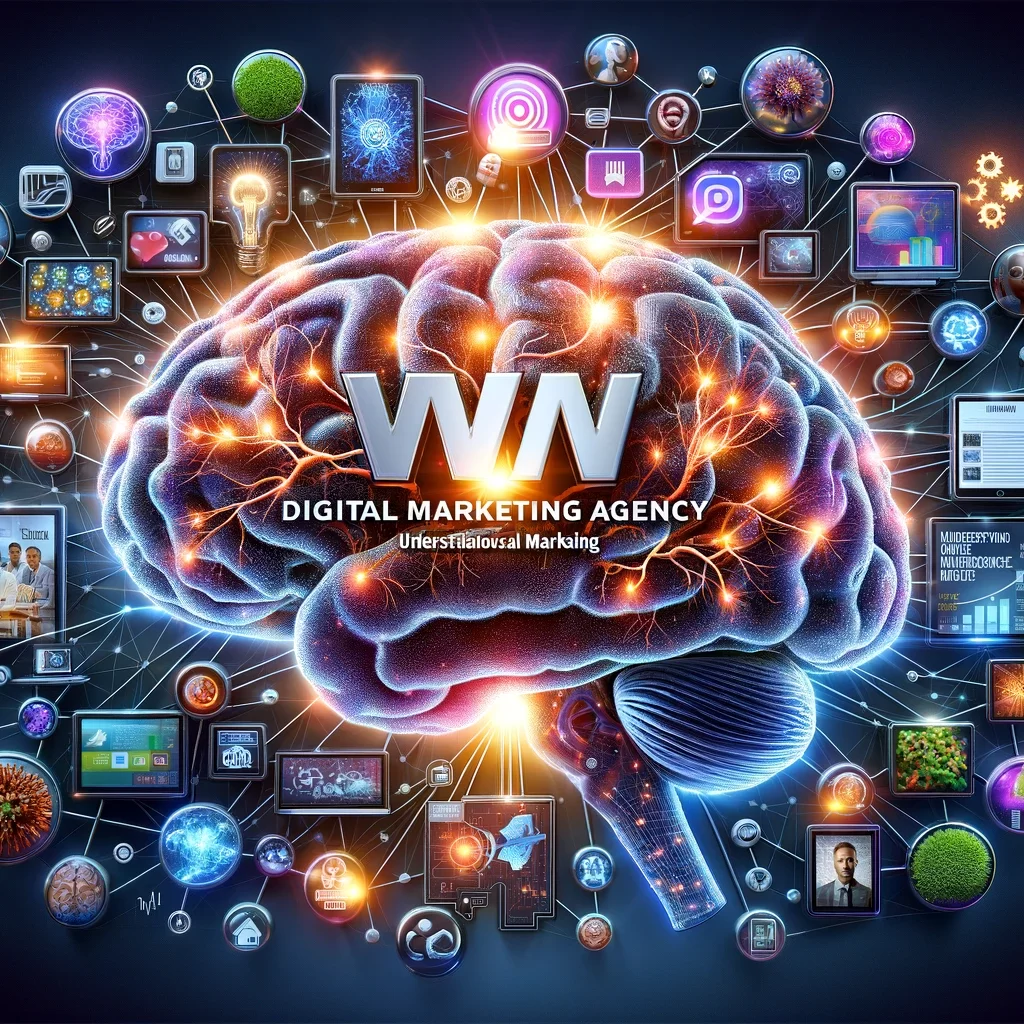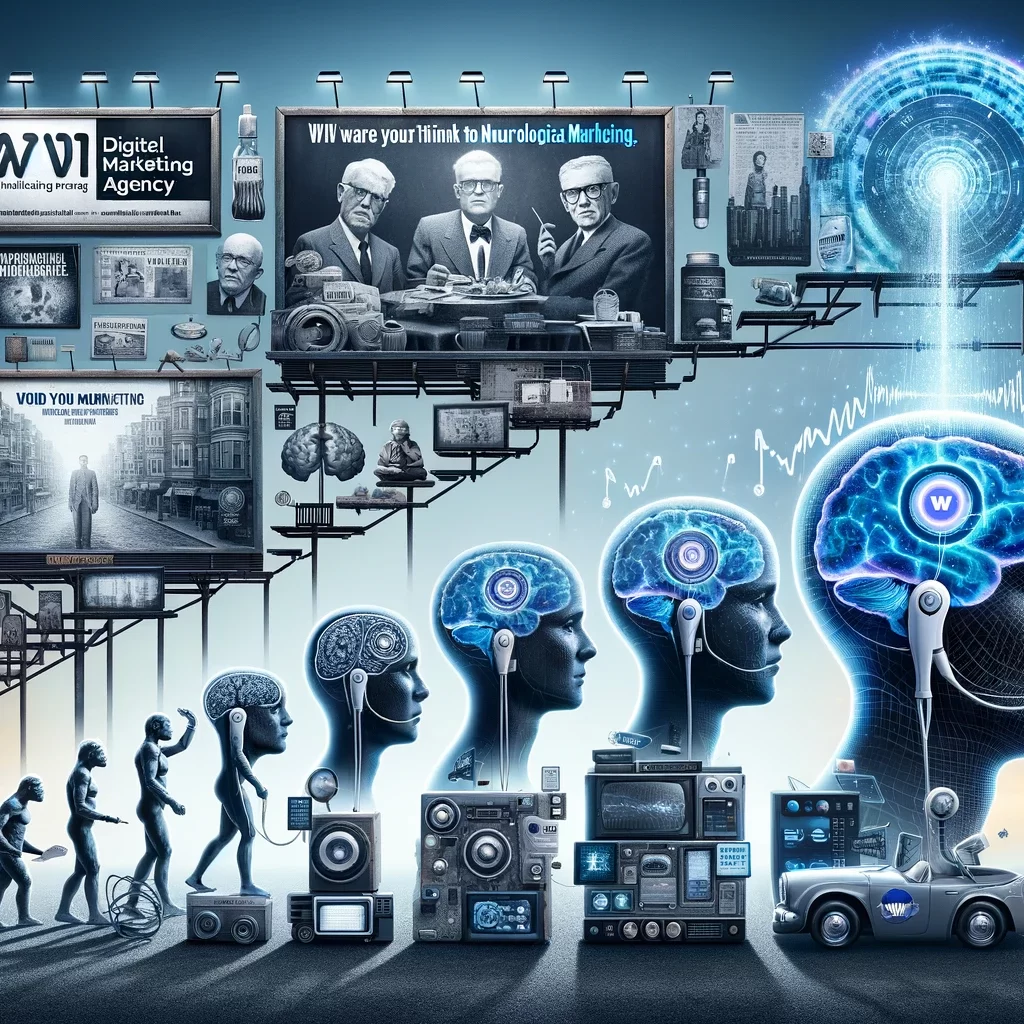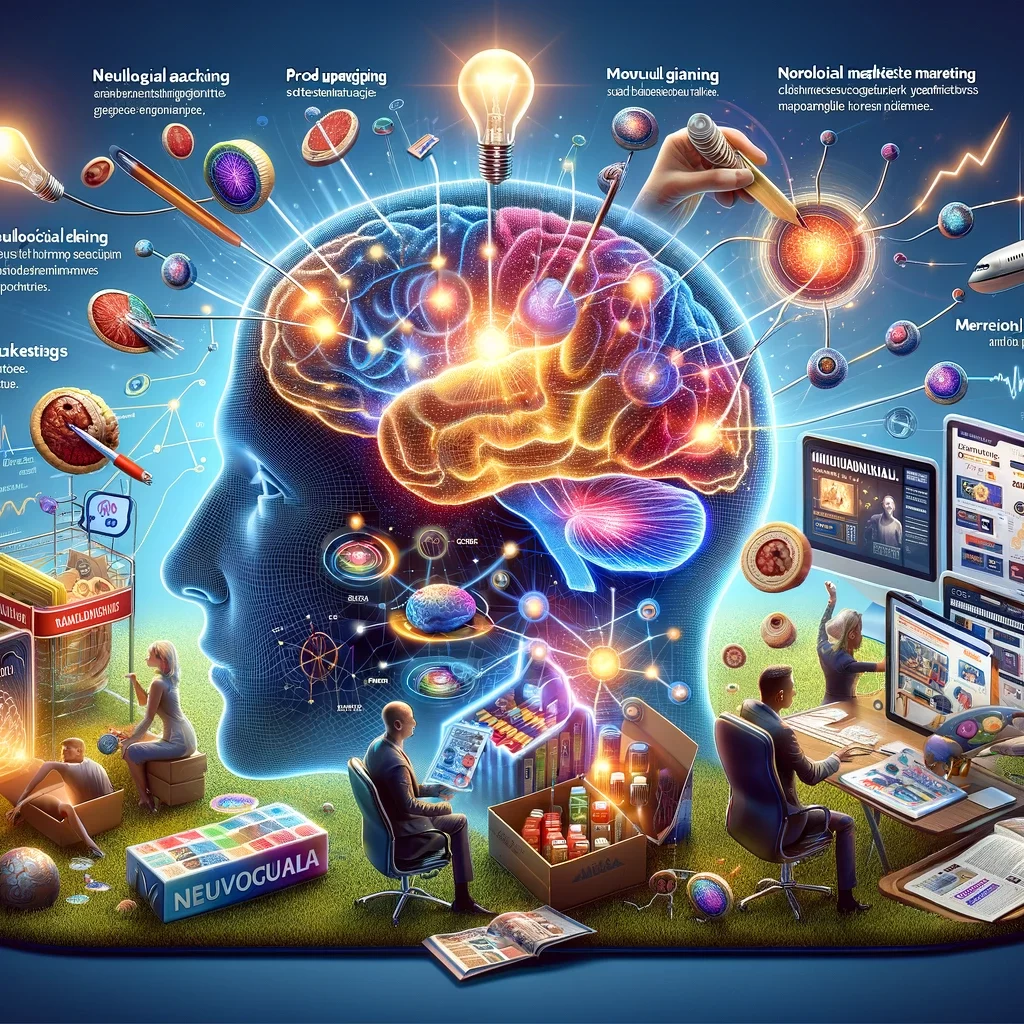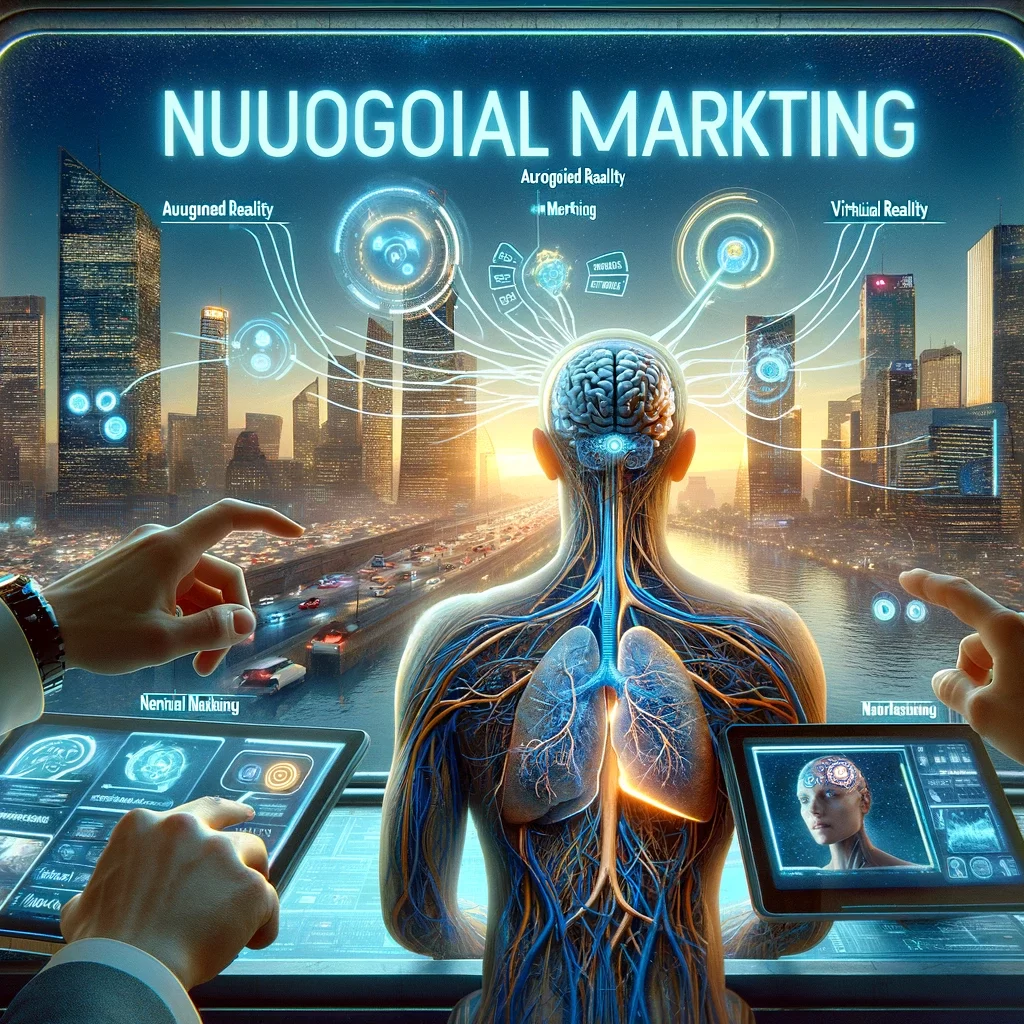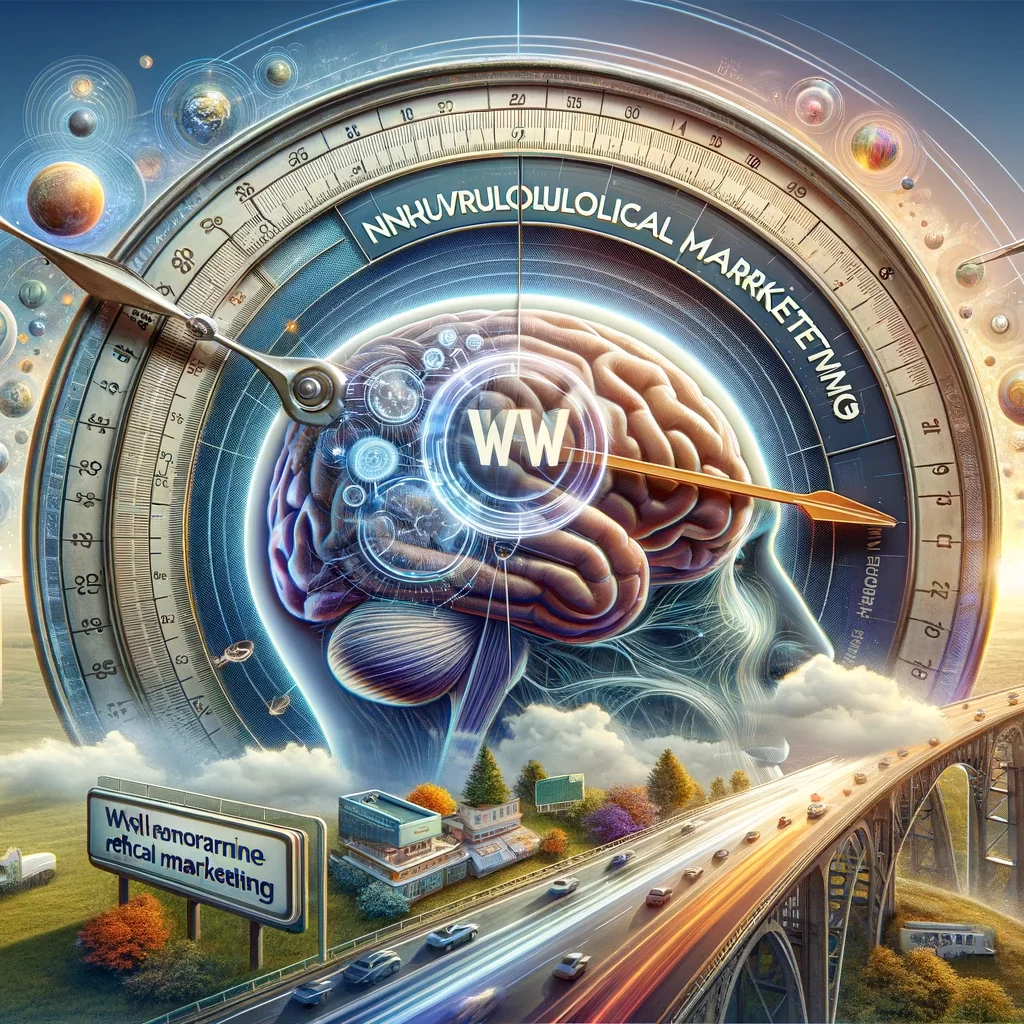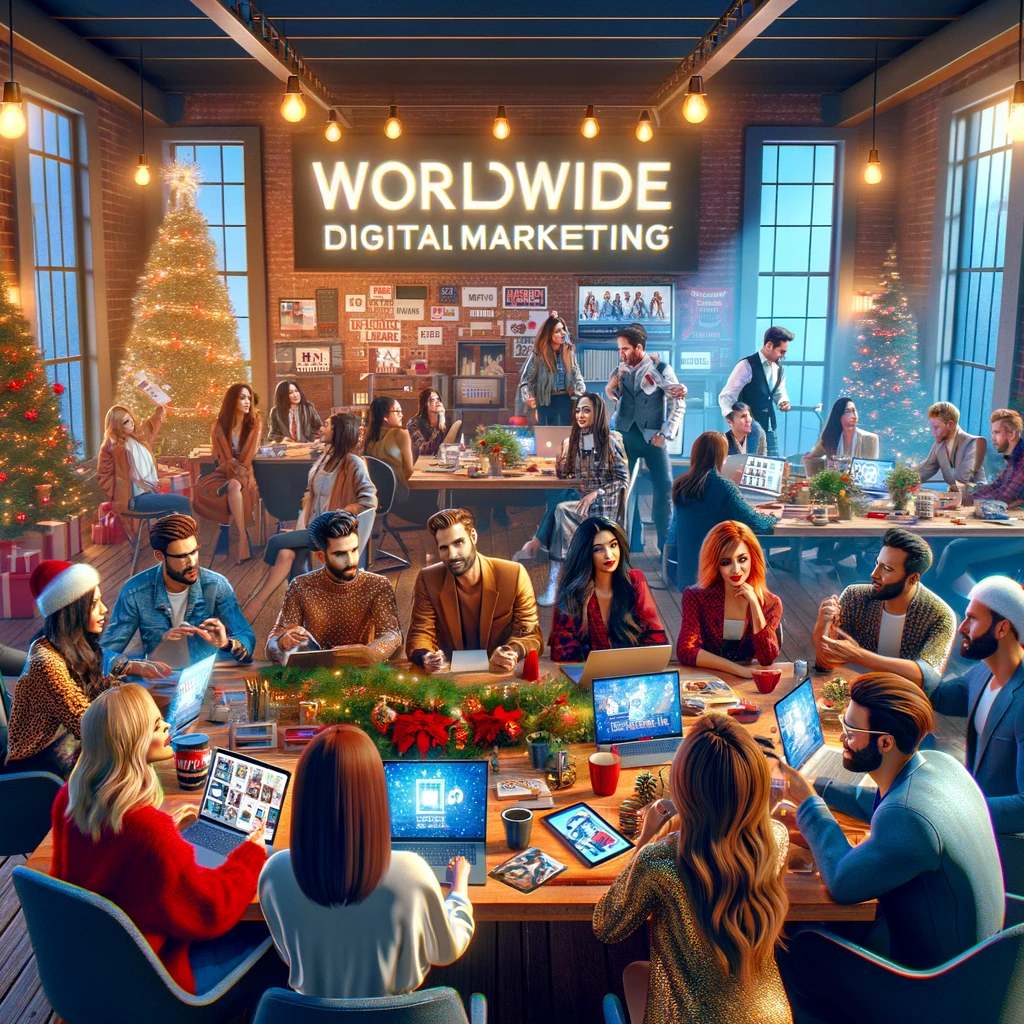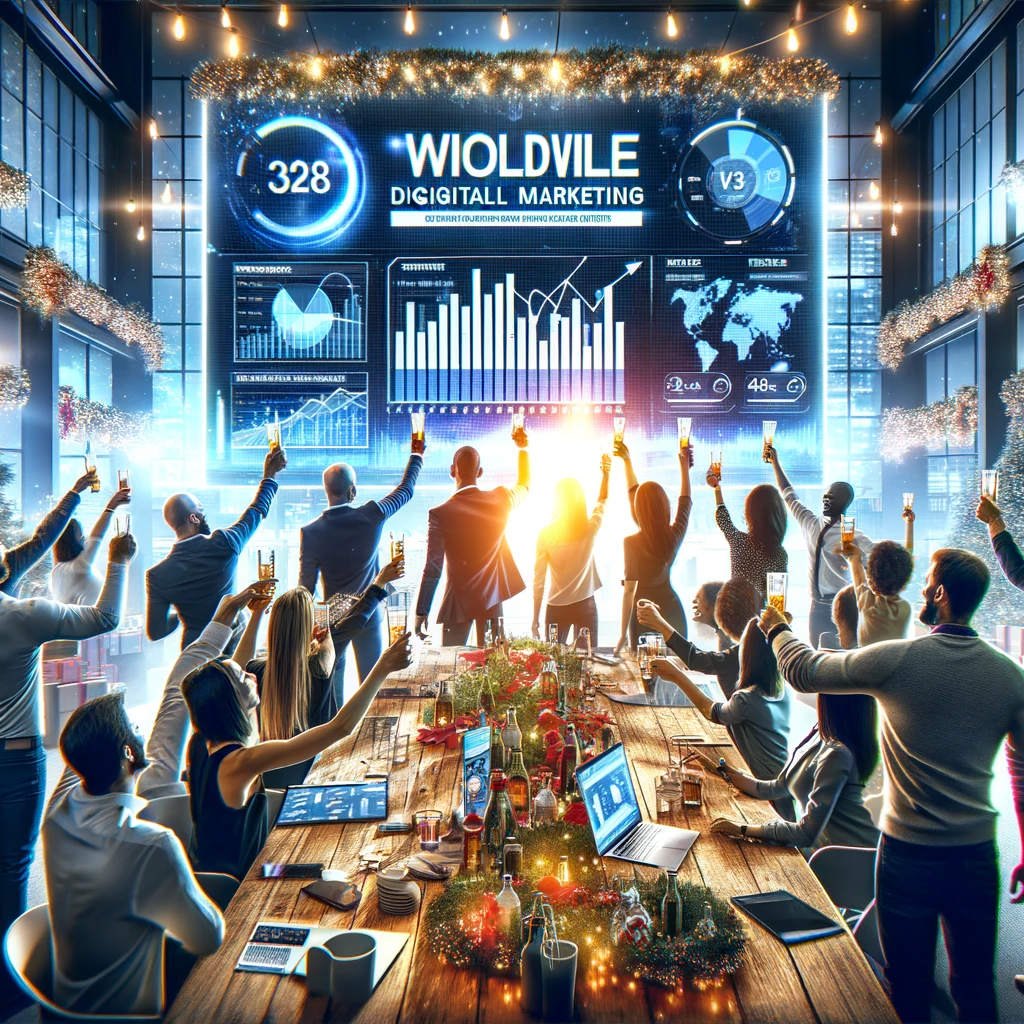Hello there, digital marketing aficionados! Today, we’re gonna take a deep dive into a topic that’s as thrilling as it is transformative. Yep, you guessed it right, we’re talking about blockchain technology. Now, you might be scratching your head, thinking, “Hold up, ain’t blockchain all about them cryptocurrencies like Bitcoin?” Well, you ain’t wrong, but there’s a whole lot more to it.
Blockchain, in its simplest form, is a kind of database. But it ain’t just any database; it’s decentralized, transparent, and secure. Imagine a chain (hence the name ‘blockchain’), where each link or ‘block’ contains info. Once a block is filled with data, a new block is formed, and so on. The real kicker? Each block is connected to the one before and after it, creating a chain of data that’s darn near impossible to alter. That’s blockchain for ya – in a nutshell.
But why are we, digital marketers, interested in this techy stuff? Well, ’cause blockchain is set to revolutionize the world of digital marketing, just like it’s doing with finance, supply chain, and more. This blog post will take you on a journey through the fascinating world of blockchain technology and its impact on digital marketing. We’ll explore how it enhances transparency, beefs up security, and streamlines transactions.
So, whether you’re a seasoned marketer looking to stay ahead of the curve or a newbie eager to learn, this post is for you. Let’s dive in, shall we?
Understanding Blockchain
Alright, let’s get our hands dirty and dig into the mechanics of blockchain. How does this tech wizardry work, you ask? Well, think of it as a public ledger, but instead of being tucked away in a dusty old government office, it’s distributed across a network of computers, or ‘nodes’.
Here’s the lowdown: when a transaction takes place, it’s grouped together in a block with other transactions that have occurred in the last ten minutes and sent out to the entire network. The nodes then validate the transactions within the block. Once the block is verified, it’s added to the chain of previous transactions, hence the name ‘blockchain’.
But hold your horses! This process ain’t a one-time rodeo. Nope, it’s continuously re-verified, roughly every ten minutes or so. This constant re-verification makes the blockchain super secure, ’cause to tamper with it, you’d need to control more than half of the network’s computing power. And trust me, that ain’t no walk in the park.
Now, let’s gab about the key features of blockchain technology. First off, we got decentralization. Unlike traditional databases that are controlled by a central authority, blockchain is decentralized, meaning it’s controlled by multiple nodes. This decentralization makes it incredibly difficult for any single entity to take control of the entire network.
Next on the list, we got transparency. Every transaction on the blockchain is visible to anyone who wants to see it. This transparency builds trust, ’cause it’s pretty darn hard to cheat the system when everyone can see what you’re up to.
Last but certainly not least, we got security. Thanks to its complex cryptographic processes, blockchain is incredibly secure. Once a block is added to the chain, it’s practically impossible to change it. This makes blockchain a safe and secure way to record transactions.
So, there you have it, folks. That’s blockchain in a nutshell. But don’t go anywhere, ’cause we’re just getting warmed up. Up next, we’re gonna explore how this revolutionary technology is shaking up the world of digital marketing.
Blockchain and Digital Marketing: An Overview
Alright, now that we’ve got the basics of blockchain down, let’s talk about why we’re all here: digital marketing. You might be wondering, “What’s blockchain got to do with digital marketing?” Well, my friend, the answer is: a whole lot.
Blockchain and digital marketing, at first glance, might seem like strange bedfellows. But when you start to peel back the layers, you’ll see that they’re a match made in heaven. Blockchain’s key features – decentralization, transparency, and security – are exactly what the digital marketing world needs.
Now, let’s talk about the potential of blockchain technology in transforming digital marketing. And trust me, it’s got a lot of potentials.
First off, blockchain can make digital marketing more transparent. How many times have you questioned the authenticity of a product review or the accuracy of an ad’s view count? With blockchain, every transaction (or in this case, every click, view, or review) is recorded and visible to everyone. This means less fraud, more trust, and a better relationship between businesses and consumers.
Next, blockchain can make digital marketing more secure. With data breaches and privacy concerns making headlines left and right, consumers are more concerned about their data privacy than ever. Blockchain’s decentralized nature makes it incredibly difficult for hackers to gain access to user data. This means more peace of mind for consumers and a better reputation for businesses.
Lastly, blockchain can make digital marketing more efficient. With blockchain, transactions can be verified and recorded automatically, eliminating the need for middlemen. This means faster transactions, lower costs, and a smoother user experience.
So, there you have it. That’s a brief overview of how blockchain and digital marketing intersect and the potential of blockchain technology in transforming digital marketing. But don’t go anywhere, ’cause we’re just getting started. Up next, we’re gonna dive deeper into each of these points.
Transparency and Trust
Alright, let’s dive into the first major impact of blockchain on digital marketing: transparency and trust. Now, these two things are the bread and butter of any successful marketing strategy. Without transparency and trust, you’re basically shooting in the dark.
So, how does blockchain enhance transparency in digital marketing? Well, remember when we talked about how every transaction on the blockchain is visible to everyone? That’s where the magic happens. With blockchain, every click, view, or purchase can be tracked and verified. This means no more inflated view counts or fake reviews. Everything is out in the open, clear as day.
But transparency ain’t worth a hill of beans without trust. And that’s where blockchain really shines. By making every transaction visible and verifiable, blockchain builds trust between businesses and consumers. Consumers can trust that the reviews they read are genuine, and businesses can trust that their ad views are real.
Now, let’s talk about some real-world examples of companies using blockchain for transparency. Take De Beers, for instance. The diamond giant is using blockchain to track the journey of diamonds from the mine to the consumer. This ensures that every diamond is ethically sourced and conflict-free.
Or take the case of Unilever and IBM. They’ve teamed up to use blockchain for ad reconciliation. This means they can track and verify every ad impression, ensuring that their ad spend is being used effectively.
So, there you have it. That’s how blockchain enhances transparency and trust in digital marketing. But we’re just scratching the surface here. Up next, we’re gonna talk about how blockchain can beef up security in digital marketing.
Security and Fraud Prevention
Alright, let’s move on to the next big thing that blockchain brings to the table in digital marketing: security and fraud prevention. In a world where data breaches are as common as cat videos on the internet, security is a big deal.
So, how does blockchain enhance security in digital marketing? Well, remember when we talked about how blockchain is decentralized and each block is connected to the one before and after it? That’s where the magic happens. Because of this structure, it’s incredibly difficult to alter information on the blockchain. This means that user data is secure and safe from hackers.
But that ain’t all. Blockchain can also help prevent ad fraud. Ad fraud is a huge problem in digital marketing, costing businesses billions of dollars each year. But with blockchain, every ad click or impression can be tracked and verified, making it nearly impossible for fraudsters to inflate view counts or clicks.
Now, let’s talk about some real-world examples of companies using blockchain for security. Take the case of MetaX, for instance. They’ve developed a blockchain-based platform called adChain that tracks and verifies ad impressions, preventing ad fraud and ensuring that businesses get the most bang for their buck.
Or take the case of NYIAX (New York Interactive Advertising Exchange). They’ve developed a blockchain-based platform for buying and selling advertising contracts. This not only makes the process more efficient but also more secure.
So, there you have it. That’s how blockchain enhances security and prevents fraud in digital marketing. But we ain’t done yet. Up next, we’re gonna talk about how blockchain can streamline transactions in digital marketing.
Efficiency in Transactions
Alright, let’s move on to the next big impact of blockchain on digital marketing: efficiency in transactions. In a world where time is money, efficiency is king.
So, how does blockchain streamline transactions in digital marketing? Well, remember when we talked about how blockchain eliminates the need for middlemen? That’s where the magic happens. With blockchain, transactions can be verified and recorded automatically. This means faster transactions, lower costs, and a smoother user experience.
But that ain’t all. Blockchain also opens the door for cryptocurrencies in digital marketing. Cryptocurrencies, like Bitcoin, are secure, fast, and global. This means businesses can accept payments from anywhere in the world, instantly and without hefty transaction fees.
Now, let’s talk about some real-world examples of companies using blockchain for efficient transactions. Take the case of BitClave, for instance. They’ve developed a blockchain-based platform that connects businesses and consumers directly. This not only makes transactions more efficient but also more relevant, as businesses can target consumers based on their search data.
Or take the case of Brave, a web browser that uses blockchain to pay users for viewing ads. Users earn Basic Attention Tokens (BAT) for viewing ads, which they can then use to tip content creators. This not only makes transactions more efficient but also more fair, as users are rewarded for their attention.
So, there you have it. That’s how blockchain enhances efficiency in transactions in digital marketing. But we ain’t done yet. Up next, we’re gonna talk about the challenges and limitations of blockchain in digital marketing.
Challenges and Limitations
Alright, we’ve talked a lot about the benefits of blockchain in digital marketing. But let’s not get ahead of ourselves. Like any technology, blockchain ain’t perfect. It’s got its fair share of challenges and limitations.
First off, implementing blockchain in digital marketing ain’t no walk in the park. It requires a significant investment of time and resources. Businesses need to understand the technology, develop a strategy, and train their staff. And that’s just the tip of the iceberg.
Next, there’s the issue of scalability. Blockchain is great for secure, transparent transactions. But as the number of transactions increases, so does the size of the blockchain. This can slow down transaction times and increase costs, which ain’t ideal for businesses.
Then there’s the issue of regulation. Blockchain is a new technology, and governments around the world are still figuring out how to regulate it. This can create uncertainty for businesses, making them hesitant to adopt blockchain.
Finally, there’s the issue of adoption. For blockchain to truly revolutionize digital marketing, it needs to be adopted by businesses, consumers, and ad platforms. And while we’re seeing some early adopters, widespread adoption is still a ways off.
Now, let’s talk about some real-world examples of these challenges. Take the case of Ethereum, for instance. Ethereum is a blockchain platform that’s been plagued by scalability issues. As the number of transactions on the platform has increased, so has the cost of transactions, leading some businesses to look for alternatives.
Or take the case of the adChain Registry, a blockchain-based list of reputable publishers. While the idea is great, adoption has been slow, limiting its impact.
So, there you have it. That’s a look at the challenges and limitations of blockchain in digital marketing. But don’t let these challenges scare you off. With every challenge comes an opportunity. And as we’ll discuss in the next section, the future of blockchain in digital marketing is bright.
The Future of Blockchain in Digital Marketing
Alright, we’ve talked about the benefits, the challenges, and the limitations of blockchain in digital marketing. Now, let’s gaze into the crystal ball and talk about the future.
First off, let’s talk about how blockchain technology might further evolve in the context of digital marketing. One prediction is that blockchain could become the standard for verifying ad delivery. With blockchain, businesses can verify that their ads are being delivered to real people, not bots. This could save businesses billions of dollars in ad fraud.
Another prediction is that blockchain could revolutionize affiliate marketing. With blockchain, businesses can track and verify every click, making affiliate marketing more transparent and efficient.
Finally, there’s the potential for blockchain to enable new business models. Take the case of Brave, the web browser we mentioned earlier. By rewarding users for viewing ads, Brave is flipping the traditional ad model on its head. And that’s just one example of the innovative business models that blockchain could enable.
Now, let’s talk about how businesses can prepare for these changes. First and foremost, businesses need to educate themselves about blockchain. This ain’t just a job for the IT department. Everyone, from the CEO to the marketing intern, needs to understand the basics of blockchain.
Next, businesses need to start experimenting with blockchain. This could be as simple as accepting Bitcoin as a form of payment or as complex as developing a blockchain-based ad platform.
Finally, businesses need to keep an eye on the regulatory landscape. As we mentioned earlier, governments around the world are still figuring out how to regulate blockchain. Businesses need to stay informed and be prepared to adapt.
So, there you have it. That’s a look at the future of blockchain in digital marketing. But remember, the future ain’t set in stone. It’s up to us, the digital marketers, to shape it. So let’s roll up our sleeves and get to work. The future is waiting.
Conclusion
We’ve talked about what blockchain is, how it works, and how it’s shaking up the world of digital marketing. Now, let’s take a moment to recap the key points we’ve discussed.
First off, we talked about how blockchain enhances transparency in digital marketing. With blockchain, every transaction is visible and verifiable, making it harder for fraudsters to game the system.
Next, we talked about how blockchain enhances security in digital marketing. Thanks to its decentralized nature and complex cryptographic processes, blockchain is incredibly secure, giving consumers peace of mind and businesses a better reputation.
Then, we talked about how blockchain streamlines transactions in digital marketing. By eliminating the need for middlemen, blockchain makes transactions faster, cheaper, and smoother.
But we didn’t just talk about the benefits of blockchain. We also discussed the challenges and limitations, from implementation and scalability issues to regulatory uncertainty and slow adoption.
Finally, we gazed into the crystal ball and talked about the future of blockchain in digital marketing. From becoming the standard for verifying ad delivery to revolutionizing affiliate marketing and enabling new business models, the future of blockchain in digital marketing is bright.
But remember, folks, blockchain ain’t a magic bullet. It’s a tool, and like any tool, it’s only as good as the person wielding it. So let’s educate ourselves, let’s experiment, and let’s shape the future of digital marketing. Because at the end of the day, that’s what we, as digital marketers, do. We don’t just adapt to change, we drive it.
So, here’s to the future of digital marketing. A future that’s transparent, secure, and efficient. A future that’s powered by blockchain.









